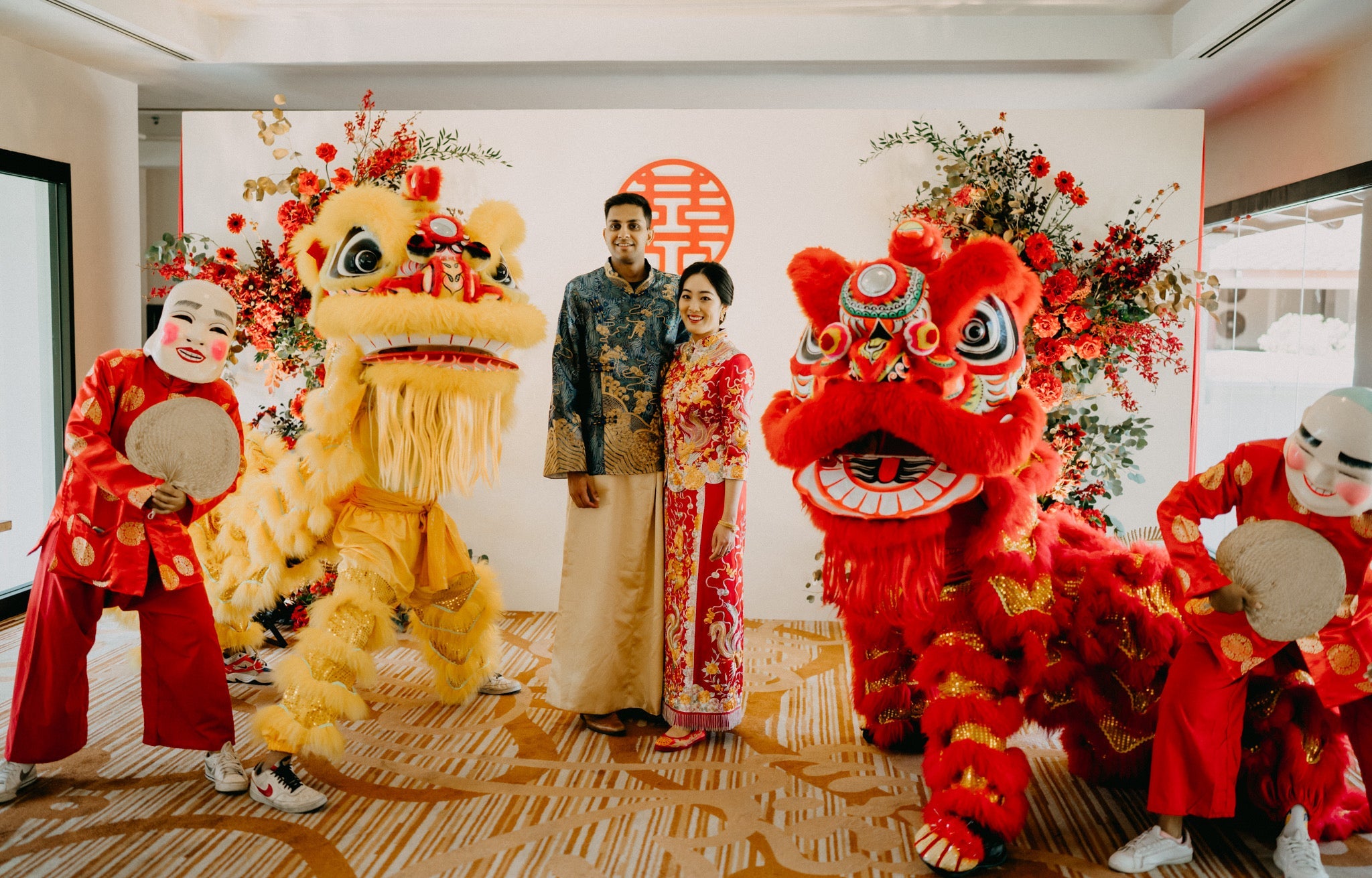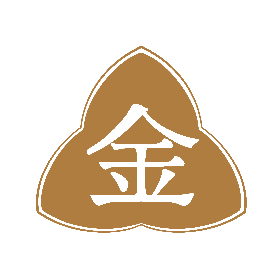
Chinese Wedding Tea Ceremony & Banquet Guide: Traditions, Menu, Venues & Etiquette
Chinese weddings are full of symbolism — from the quiet intimacy of the tea ceremony to the joy and abundance of the banquet.
This guide walks you through each step: the meaning behind the rituals, traditional 10-course dishes, guest etiquette, and where to host an unforgettable celebration in the U.S.
1. What Is the Chinese Wedding Tea Ceremony?
The tea ceremony is one of the most meaningful parts of a Chinese wedding.
It is the formal moment when the couple expresses gratitude to their parents and elders, symbolizing unity between two families.
Pouring and serving tea is more than courtesy — it’s a promise to carry on family harmony, respect, and love.
Traditionally held in the morning before the banquet, the tea ceremony sets the tone for the day — humble, graceful, and heartfelt.

2. Symbolism and Order of Serving Tea
Tea (清茶 qing cha) represents purity, faithfulness, and a long, peaceful union.
The ritual typically follows this order:
-
Groom’s parents and grandparents
-
Groom’s uncles and aunts
-
Bride’s parents and relatives
-
Siblings and younger family members
Each cup served conveys respect; each red envelope received carries blessings for fertility, fortune, and harmony.


3. What to Wear for the Tea Ceremony
Attire for the tea ceremony is elegant and symbolic:
-
Bride: Traditionally wears a Qun Kwa (裙褂) or Xiu He Fu, rich in gold embroidery of dragons and phoenixes — a blessing of unity and prosperity.
Modern brides may choose a silk Qipao or Cheongsam for a refined, contemporary silhouette.
-
Groom: Often wears a Tang suit or a matching embroidered jacket with auspicious motifs.
Explore our Chinese Wedding Dress Collection
View Qipao & Cheongsam Collection

4. From Tea to Feast: The Chinese Wedding Banquet
After the quiet reflection of the tea ceremony comes the grand banquet — a time for celebration with family and friends.
This feast is filled with symbolic dishes representing happiness, fertility, prosperity, and longevity.
A traditional Chinese wedding banquet is not just a meal — it’s a living expression of family blessings and cultural pride.
5. Traditional 10-Course Banquet Menu & Symbolism
Banquets typically include 8, 10, or 12 courses, representing good fortune and completeness.
|
Course |
Common Dishes |
Symbolism |
|---|---|---|
|
1. Cold Appetizer Platter |
Assorted meats, jellyfish, abalone |
“Dragon & phoenix” harmony; joyous beginning |
|
2. Soup |
Fish maw, crabmeat, or herbal broth |
Nourishment, abundance |
|
3. Steamed Whole Fish |
Always served with head and tail |
“Surplus every year” (鱼 yu = abundance) |
|
4. Roast Suckling Pig |
Whole pig with crispy skin |
Purity, completeness, prestige |
|
5. Prawns / Shrimp |
Stir-fried prawns with walnuts |
The sound “ha” = laughter, joy |
|
6. Chicken / Duck |
Whole bird presentation |
Family unity, fidelity |
|
7. Abalone or Sea Cucumber |
Braised delicacies |
Wealth and status |
|
8. Meat Course |
Beef, pork, or special combination |
Richness and harmony |
|
9. Noodles or Rice |
Longevity noodles, lotus rice |
Long life and fertility |
|
10. Dessert |
Red bean soup, glutinous rice balls |
Sweet union, happy future |
6. Guest Dress Code and Banquet Etiquette
For the Couple
-
Brides often change outfits — from a white gown to a red Qipao or Qun Kwa for the banquet entrance.
-
Grooms may switch into a Tang suit or formal tuxedo with a red accent.
For Guests
-
Dress code: Formal or semi-formal. Men wear suits; women wear dresses.
-
Colors to wear: Red, gold, and jewel tones (symbols of good luck).
-
Avoid: White or black (associated with mourning).
-
Etiquette: Guests present red envelopes (hongbao) upon arrival, toast with the couple, and stay through dessert — leaving before the final course is considered impolite.
7. Chinese Wedding Traditions During the Banquet
Banquets often include lively cultural traditions such as:
-
🐉 Lion Dance or Dragon Dance – to bless the couple and bring prosperity.
-
🥂 Table-to-Table Toasting – the couple visits each table to thank guests personally.
-
🎤 MC / Emcee – announces entrances, introduces speeches, and keeps the energy flowing.
-
💌 Red Envelope Exchange – elders and guests give blessings in red envelopes.
-
📸 Photo Slideshow or Performances – a modern touch that tells the couple’s story.

8. Best Chinese Banquet Restaurants in LA, SF, NYC & Seattle
Los Angeles
-
Newport Seafood (San Gabriel & Beverly Hills) – iconic for seafood banquets.
-
Bistro Na’s (Temple City) – elegant imperial cuisine, perfect for intimate celebrations.
-
Golden Dragon Seafood Restaurant (Chinatown) – traditional large banquet hall setup.
San Francisco Bay Area
-
Koi Palace (Daly City / Milpitas) – most popular Cantonese wedding venue in Northern California.
-
Empress by Boon (SF Chinatown) – modern fine-dining take on classic banquets.
-
Mister Jiu’s (SF) – contemporary, Michelin-starred banquet options.
New York City
-
Jing Fong (Chinatown) – iconic multi-floor banquet hall.
-
Golden Unicorn (Chinatown) – traditional dim sum and banquet dining.
-
Hutong NYC (Midtown) – upscale northern Chinese dishes and private event spaces.
Seattle
-
China Harbor (Lake Union) – panoramic view and large wedding banquet capacity.
-
Baron’s Sino Kitchen (Bellevue) – modern banquet experience with elegant private rooms.
-
Wild Ginger (Downtown Seattle) – contemporary Asian restaurant that accommodates full receptions.
9. Modern Interpretations & Cross-Cultural Touches
Modern couples are blending old and new beautifully:
-
Serving oolong or jasmine tea from both families’ regions.
-
Hosting fusion banquets — integrating Western dishes with symbolic Chinese ones.
-
Wearing two outfits — a Western gown for ceremony, a Qipao for reception.
-
Incorporating multicultural music and bilingual speeches to honor both heritages.
Tradition is not about rules — it’s about storytelling. Each modern couple redefines it through their own love story.
10. Create Your Own Heirloom Qipao or Tang Suit
Every JINZA couture piece begins with your story — from the first sketch to the final silk stitch.
Our artisans blend traditional Chinese embroidery with modern tailoring to create timeless heirlooms for weddings, tea ceremonies, and banquets.
Book a Private Consultation to design your own custom Qipao, Qun Kwa, or Tang suit — made to measure in our Los Angeles atelier.
